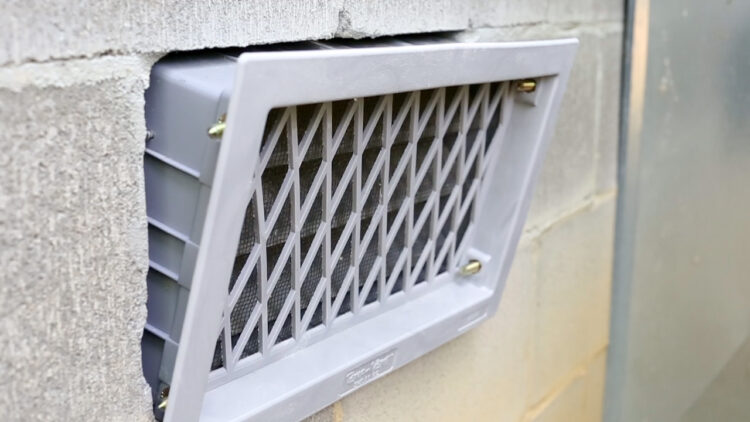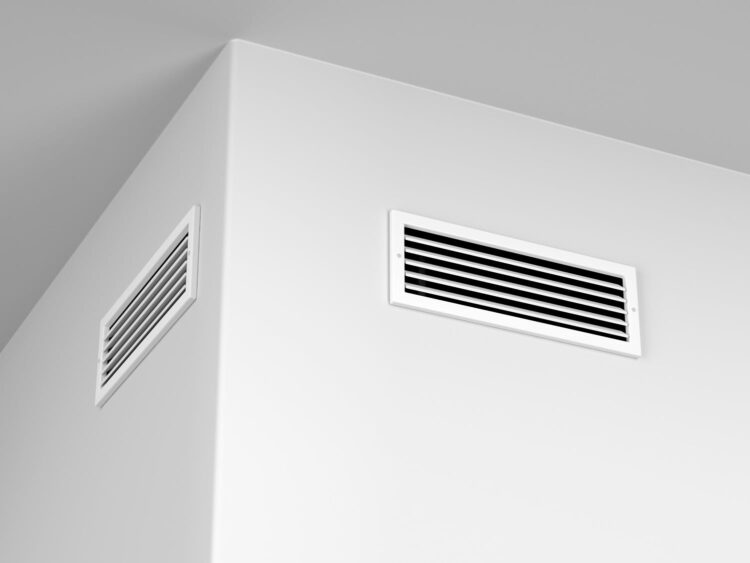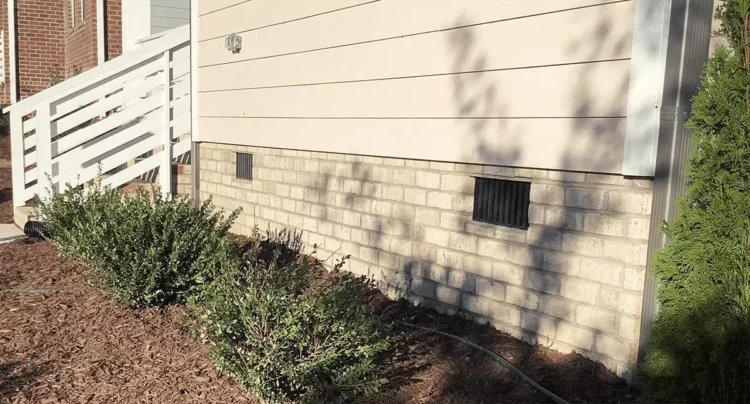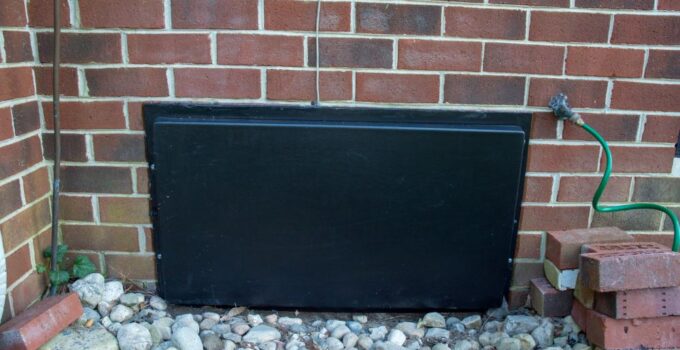Crawl space vents are a common sight in most homes and businesses. They’re small, round openings in the floor that help circulate air. But do you know what to do if you have a crawl space in winter and want to keep the vents open? The answer is yes—you should close the vents in winter. Here’s why: In cold weather, water vapor condenses on surfaces and builds up until it forms frost. The frost expands when it contracts, which can break or damage pipes, insulation, and other materials above it. This can lead to water leakage, mold growth, and even structural damage. Closing the vents will help prevent these problems by keeping the temperature inside the crawlspace more consistent. It will also stop airborne moisture from entering the space and causing all of these problems.
Page Contents
What are Crawl Space Vents and What Do They do?
Crawl space vents are openings that allow warm air to escape from the crawlspace during the summer and cold air to enter during the winter. Closing these vents in the winter can keep your crawl space at a comfortable temperature all year round.
Should You Close Crawl Space Vents in Winter and Open in Summer?

Source: groundworks.com
There are pros and cons to closing crawl space vents in the winter and opening them in the summer. In general, it’s a good practice to keep moisture out of your foundation in the summer (when outdoor humidity is high) and to allow fresh air to circulate during the winter. Vents can be left open all year long if it’s not too cold outside.
The following are some specific considerations when making this decision:
In the summer, when outdoor humidity is high, crawl space vents should be closed to keep the moisture out.
In the winter, however, it’s important to open the vents to push damp air out and allow for circulation. This will help prevent mold and other problems from developing.
Some parts of the valley may experience colder temperatures year-round, so venting may become necessary even in the off-season. It’s always best to consult with a professional before making any decisions about your crawl space ventilation system.
What position should vents be in summer?

Source: hvacseer.com
If you live in a warm climate and your crawl space vents are left open all winter, your home will be drawing in cold air from the low points in your room, where the air is coolest. This can result in frozen pipes, drafty rooms, and issues with your heating system. Closing the top vents of the crawl space ventilation system will help to draw out air from a higher point in the room, where it is hotter. Consider doing this during the summer months to help cool your indoor space. A great way to cool an area is to draw hot air from a higher point in that space, then bring it down to lower areas.
Should you close crawl space vents in the winter?
In the colder months, it’s smart to close off the vents in your crawl space so that there is no cold, dry air coming in. This will help maintain the temperature of your pipes throughout the winter, and keep them from freezing up. This can prevent crawlspace condensation from forming and damaging your home’s foundation. Additionally, closed vents will keep insects away from your home and crawling pests from coming into the space to find food.
How do you air out a crawl space?
Many homeowners choose to close their crawl spaces in winter and open them up in the summer to allow more ventilation and air flow. Ventilation is an important part of maintaining a healthy crawl space, but if the space doesn’t have adequate ventilation, moisture can build up and cause damage.
Crawl spaces can be heated using the HVAC system. A small supply of heated air can be transferred from the HVAC system into the crawl space using an exhaust fan. The hot air from the exhaust fan can then be moved outside through the vents and into the outside environment. Alternatively, an air intake or dehumidifier system can be installed to help remove moisture from the environment.
Which vents should be open in summer?

Source: energy.com
The crawl space vents should be open in the summer to allow air to circulate and avoid building up humidity. The top vents should also be opened to allow air to circulate. Closing the bottom vents can cause a build-up of humidity and can lead to problems with mold and mildew.
How do you get moisture out of a crawl space?
In most cases, you’ll want to keep your crawl space moisture-free in order to prevent damage to the foundation and structural components of the house. There are a few different ways to do this, depending on the climate where you live.
If you live in an area that experiences cold winters, it’s important to close all of the vents in the crawl space and seal them off completely. This will help seal in the moisture and make it very difficult for it to escape. When the weather warms up again in summertime, open up the vents a crack so that air can flow freely into and out of the space.
If you live in an area that experiences hot summers, you’ll need to take different steps to keep the crawl space moisture-free. You’ll need to drain it better and cover the floor of it with some type of insulation material. You can also use a fan to help circulate air inside of it.
Conclusion
This is a question that many people ask during the winter months, when it’s cold outside and they want to keep their crawl space ventilated. However, opening up the vents in summer can let in heat and moisture, which can damage your home’s foundation. The best solution may be to open the vents on warm days and close them on colder days.




